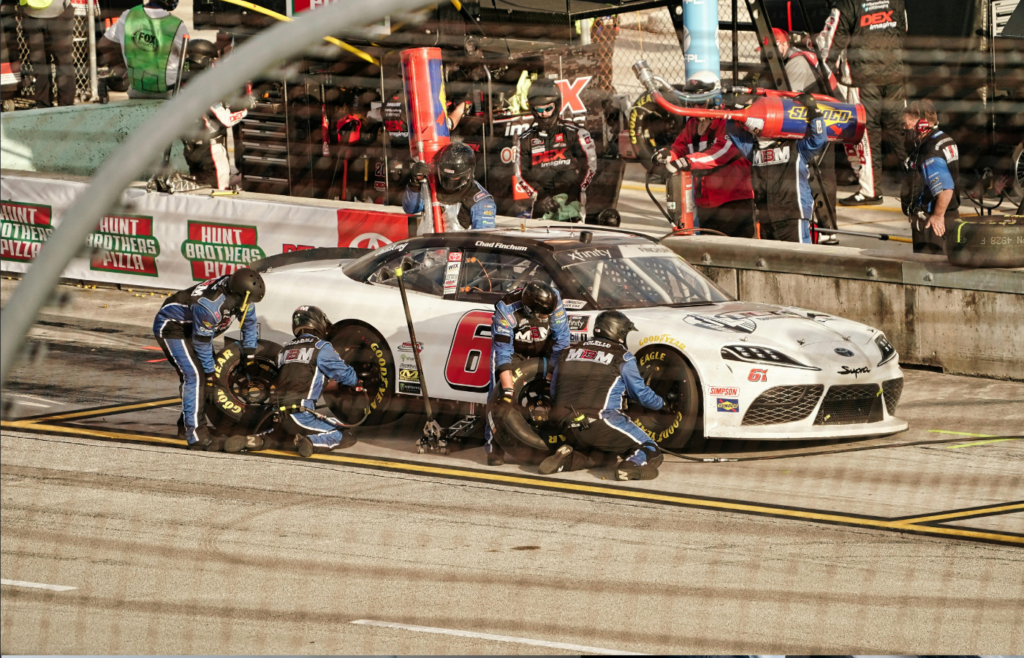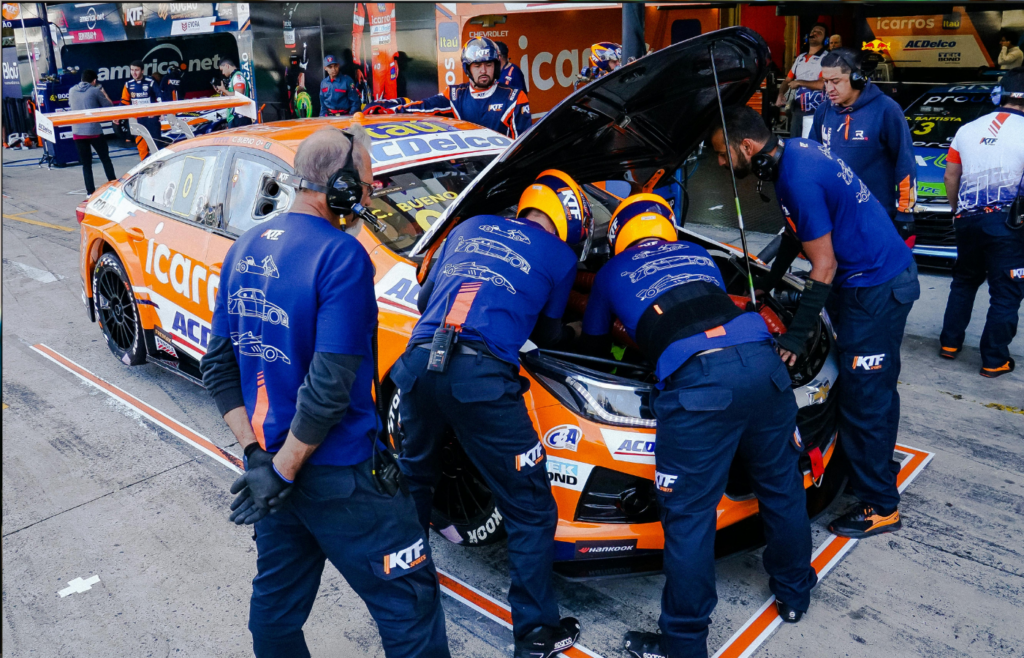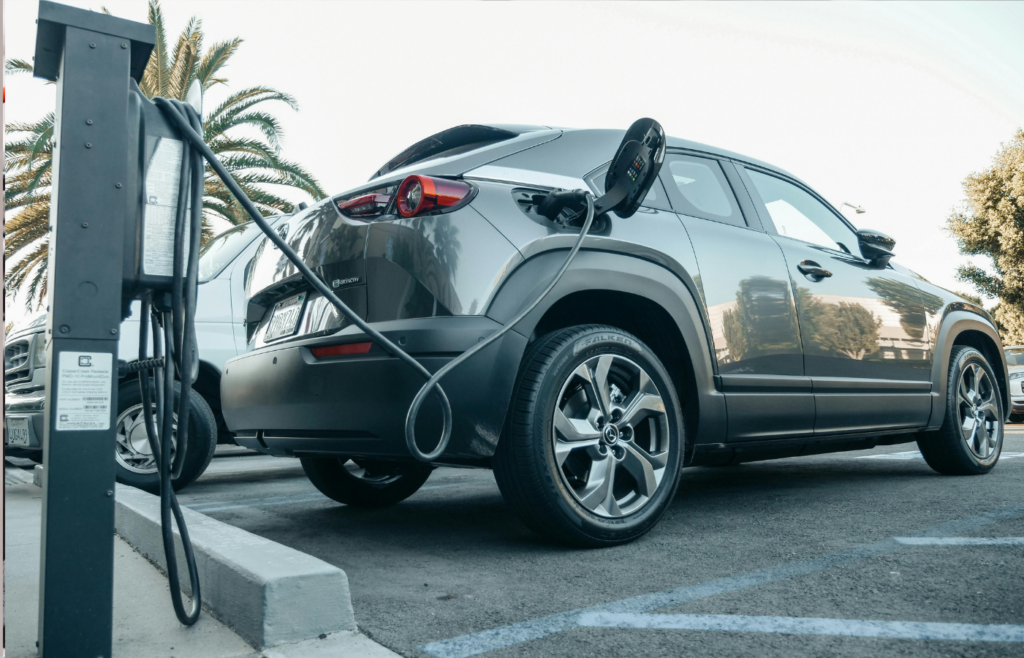Artificial intelligence (AI) and machine learning are making cars faster, smarter, and safer. In racing, these technologies aren’t just cool extras—they’re changing the game completely.
From Formula 1 to NASCAR, AI helps drivers and engineers gain an edge. Curious how tech is transforming racing? Here are 10 ways AI and machine learning will shape motorsports now and into the future.
1. Predicting Performance With Precision

AI crunches huge amounts of data to predict exactly how a car will perform. Teams use machine learning to simulate race conditions and understand how tiny adjustments affect speed and handling. This helps engineers quickly tune setups for maximum efficiency.
Drivers benefit, too. With predictive AI, teams can instantly see how weather, tire wear, or track conditions will affect lap times. That makes racing strategies more accurate—and wins more likely.
2. Real-Time Strategy Adjustments

During a race, conditions can change in seconds. AI systems instantly analyze tire wear, fuel consumption, and competitor positions. Teams can adjust strategies quickly, taking advantage of changing conditions.
This level of responsiveness can decide races. Rather than relying on gut instinct, teams make informed decisions backed by data. Real-time AI gives drivers a crucial edge, especially in tight races.
3. Enhanced Driver Training and Simulations

Before drivers even hit the track, AI helps them train. Advanced simulators use machine learning to replicate exact racing conditions. Drivers can practice hundreds of scenarios, from sudden weather shifts to intense competition.
This tech doesn’t just sharpen reflexes—it improves decision-making. Drivers become better at reacting quickly, confidently, and correctly. AI-driven training means fewer mistakes when the race gets real.
3. Better Car Design Through AI

AI speeds up how teams design and build race cars. Algorithms test thousands of design combinations to find the fastest and most efficient options. This saves months of trial-and-error, helping teams innovate rapidly.
Machine learning also identifies tiny design tweaks that humans might miss. Small aerodynamic improvements discovered by AI can shave critical seconds off lap times, turning losses into wins.
4. Enhanced Safety Through Predictive Analytics

Safety always matters in racing. AI-driven systems analyze track data and driver behavior to predict potential accidents before they happen. By identifying risky patterns, AI can alert drivers or teams to potential dangers in advance.
Some AI systems even monitor driver health during races. If they detect fatigue or stress, they alert the driver or crew. This proactive safety tech can prevent dangerous situations, keeping everyone safer on race day.
5. Optimized Pit Stops

Every second counts during pit stops. AI analyzes past performance and real-time data to predict exactly when tires need changing or fuel should be added. This helps crews perform precise, perfectly-timed stops, avoiding costly delays.
Machine learning also identifies patterns to streamline the entire pit stop process. The result? Less downtime, fewer mistakes, and more time spent racing at top speed.
6. Improved Driver Monitoring Systems

AI can now monitor driver health during intense races. Biometric sensors track heart rate, hydration levels, and even stress. If a driver’s focus begins to slip, the team gets alerted instantly.
This tech keeps drivers performing at their best throughout the race. By anticipating fatigue or dehydration before it affects performance, teams can proactively manage driver well-being and maintain peak competitiveness.
7. Battery Safety is Improving

Battery fires are rare, but safety concerns still exist. Next-gen EV batteries are being designed with better thermal management, preventing overheating and reducing the risk of fires or explosions.
Solid-state and LFP batteries are naturally more stable than traditional lithium-ion options. Additionally, new software-driven battery management systems (BMS) will detect and prevent potential failures before they become dangerous.
8. Wireless Charging is Becoming a Reality

Imagine parking your EV in a garage and having it charge automatically—no cables required. Wireless charging technology is progressing fast, with companies like WiTricity and BMW developing inductive charging pads that work just like a smartphone’s wireless charger.
While still in its early stages, wireless charging could eliminate the hassle of plugging in your car. In the future, highways may even feature embedded wireless charging strips, allowing EVs to charge while they drive.
Read More: 10 Ways 6G Will Supercharge Connected Cars and the Internet of Vehicles
9. EV Battery Performance in Cold Weather is Improving

Cold weather has always been a challenge for EVs, reducing battery efficiency and range. But new battery chemistries are fixing this issue. Sodium-ion and LFP batteries perform better in freezing temperatures, while new thermal management systems keep battery packs at optimal operating conditions.
Companies like Tesla and Rivian are also improving heat pump technology to maximize range in cold climates. These advances mean EVs will soon perform more reliably in winter conditions, making them a better choice for all-season driving.
Read More: 10 Muscle Cars That Made Every Other Car Look Weak
10. Energy-Dense Batteries Will Unlock Longer Ranges

The dream of an EV that can drive 600+ miles on a single charge is becoming a reality. Next-gen batteries, including solid-state, lithium-sulfur, and silicon-anode designs, promise significantly higher energy densities.
This means future EVs won’t just match gasoline cars in range—they’ll surpass them. Some early prototypes have already demonstrated over 700 miles per charge, and these ultra-long-range batteries could be available to consumers within the decade.
Read More: 10 Legendary Cars That Never Should Have Been Canceled

